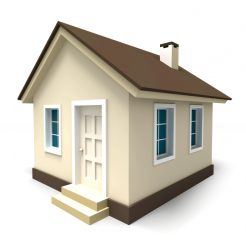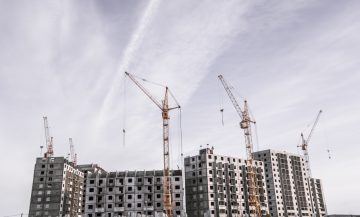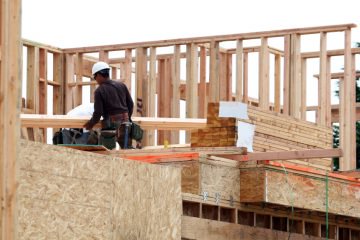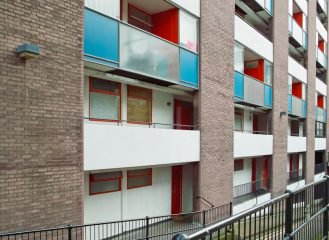350,000 Households to be Priced Out of Market by 2020
A shortage of affordable homes will exclude at least 350,000 households from the property market by 2020, insists a new report from Savills.
The data arrives as property portal Rightmove reports the smallest November decline in asking prices for four years, highlighting how the rising cost of private sector housing is pricing out households on low and middle incomes.
The report from Savills suggests that in the next five years, 70,000 new households per year will be unable to afford to rent or buy homes at market rates, unless they are assisted in some way. This means that by 2020, 350,000 will require housing priced at below market rates.
The firm has analysed current incomes and prices for buying and renting, assuming a household can pay up to 30% of its gross income on housing.
It does not include “any backlog of unmet need and the effect of falling stock levels due to Right to Buy and proposed sale of high value council homes”. This indicates that the actual impact of increasing prices could be even worse than expected.
The problem is most severe in London and the South East, where house prices have soared and sit above the peaks hit before the financial crisis. Savills reports that 26,000 new households in London and 11,500 in the South East will be priced out each year.
It says that while the median income of excluded households in London is £20,000, those earning up to £60,000 a year will not be able to afford housing costs in some parts of the capital.
Official data reveals that the amount of new homes built in England rose by 25% in 2014-15. However, there was also an increase in the number of properties sold off through the Right to Buy scheme.
Current Government schemes that allow house builders to avoid providing affordable housing in new build developments that include starter homes could cause further struggles for priced-out buyers.
Associate Director at Savills Research, Chris Buckle, states: “There can be no question that we need to boost house building volumes, but these new homes need to be built across a variety of tenures to put homes within reach of those in greatest need.
“Our concern is that new policy will result in a greater shift from sub-market rental products towards more expensive shared ownership and starter homes accessible only to those on middle incomes.”1
Rightmove’s report shows that the traditional winter drop in asking prices is less marked than usual, indicating that vendors are in no rush to move.
The average asking price for homes coming onto the market in November was 1.3% lower than that in October, compared with an average decrease of 1.9% over the last five years. The typical price of a property being put up for sale in England and Wales is now £292,572, a 6.2% increase on last year.
Miles Shipside, Housing Market Analyst at Rightmove, comments: “Those looking to market their property as Christmas gets closer often have a greater sense of urgency to find a buyer and sensibly recognise that trimming their asking price will provide an incentive to potential buyers more focused on seasonal Christmas trimmings.
“Buoyant market conditions and a confident outlook for 2016 mean that the reduction, while no doubt welcome to hard-pressed buyers, is the most Scrooge-like since 2011. It’s likely to be a short-lived respite as the combination of high confidence and low interest rates is a recipe for higher prices next year.”1
The portal reports that a survey of 23,000 homeowners found that people are feeling confident about their finances for 2016. Most (85%) said they do not think their financial situation will worsen in the next 12 months, despite the possibility of an interest rate increase.
Just over two-thirds expect house prices to continue rising in the next year, with only 7% predicting a fall in prices.
1 http://www.theguardian.com/money/2015/nov/16/lack-affordable-homes-exclude-350000-by-2020











